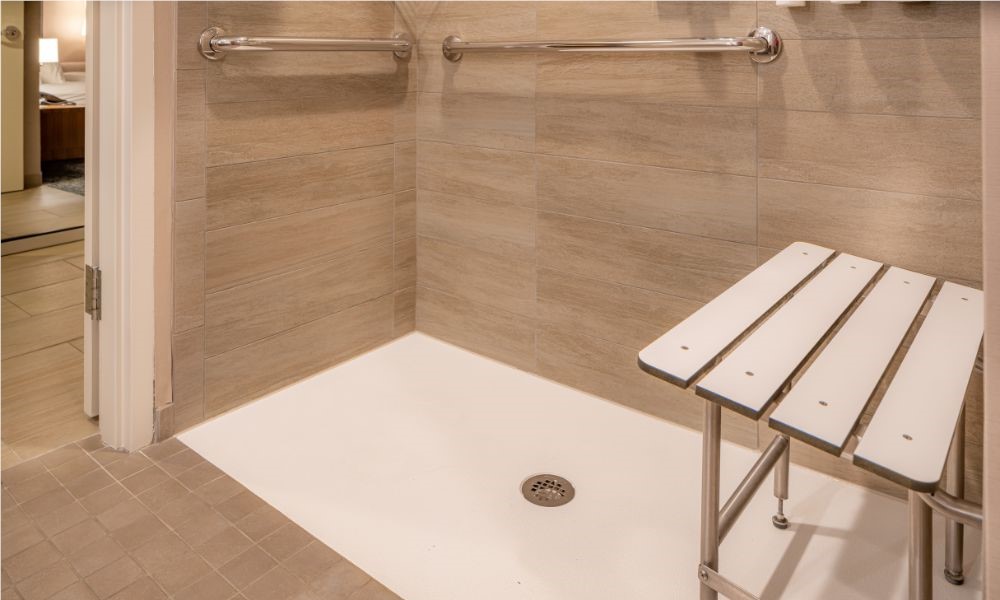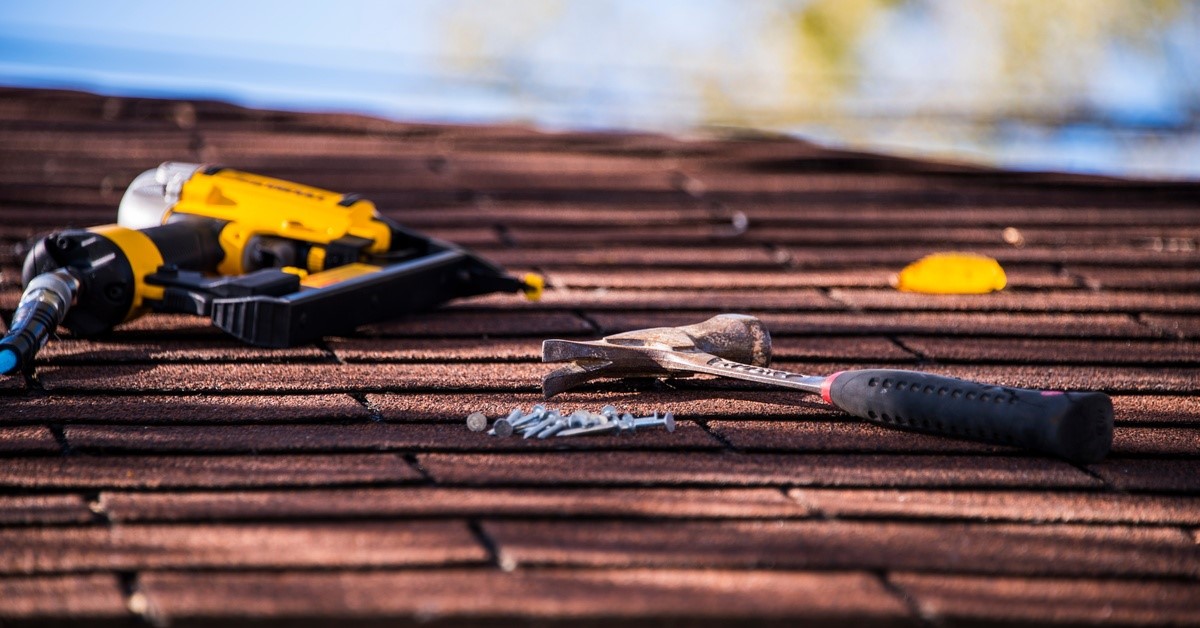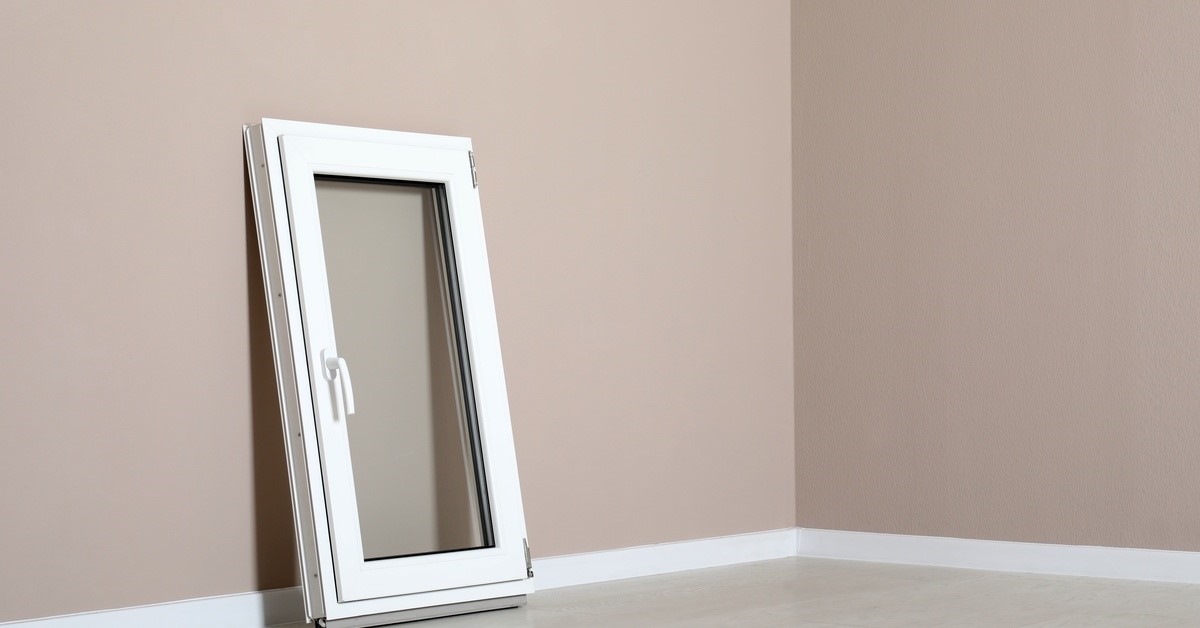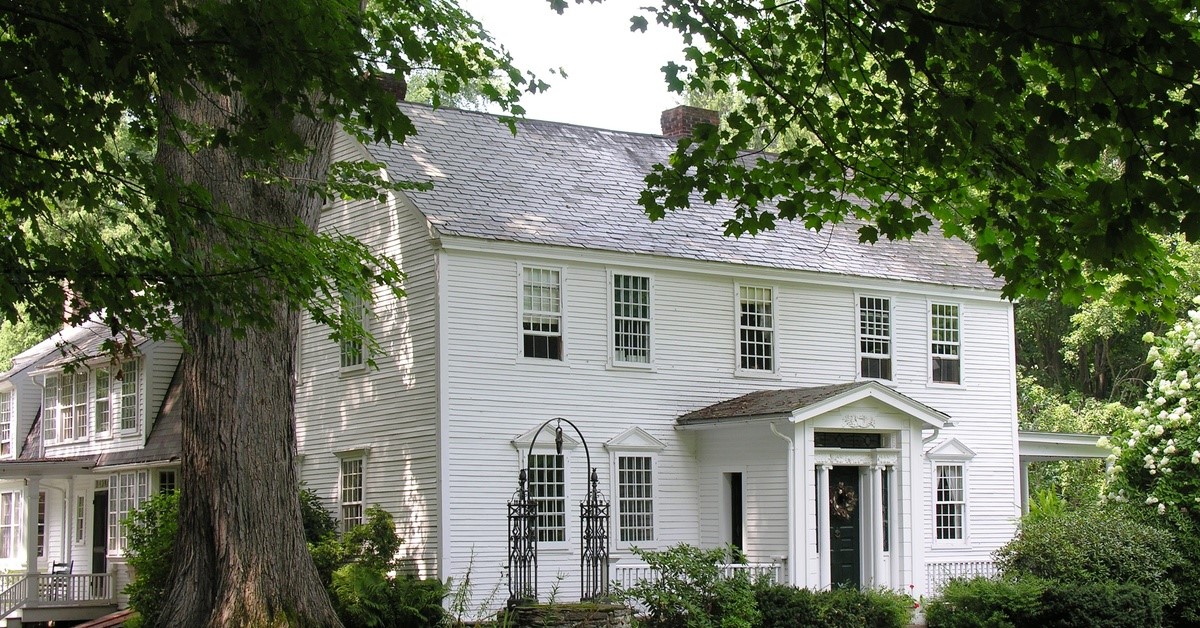
The evolution of handicap-accessible showers is a testament to the commitment toward inclusivity in building design. Understanding this evolution is crucial for homeowners, architects, and builders to create spaces that are both functional and stylish for everyone.
Accessible and Useable Buildings Standards of 1961
The journey of handicap-accessible showers began with the Accessible and Useable Buildings Standards of 1961. This period was the first time the need for accessible design was recognized at a national level. These standards laid the groundwork for subsequent legislation, emphasizing the importance of creating buildings that were not just accessible, but also usable by individuals with disabilities.
Americans With Disabilities Act of 1990
Fast forward to the landmark Americans with Disabilities Act of 1990 (ADA), which introduced comprehensive regulations for accessibility in public accommodations and commercial facilities. This Act led to significant changes in bathroom design, including the requirement for roll-in showers in certain types of public accommodation. These showers had to be barrier-free, equipped with grab bars, and feature a handheld showerhead. However, the ADA applied solely to buildings open to the public. Private homes still had a way to go.
From Basic Compliance to Luxurious Style
Over the years, the utilitarian approach to handicap-accessible showers has evolved dramatically. Wheelchair-accessible homes, with ramps, and bathrooms with accessibility features like grab bars and roll-in showers took a while to move from purely functional to stylish and attractive.
Today’s designs, however, seamlessly blend functionality with luxury, moving beyond merely using the measurements and standards laid out in the ADA and its associated regulations as guidelines. Modern showers now boast features like integrated seating, adjustable showerheads, anti-slip surfaces, and aesthetically pleasing designs.
In fact, many of these design features have become popular in mainstream bathroom design, demonstrating how inclusive design can enhance comfort and convenience for all users.
Reasons To Install Accessible Features
A growing trend among homeowners is to incorporate accessible features into their homes before there’s an immediate need. This foresight future-proofs the home for potential life changes and adds value to the property.
Moreover, with the increasing availability of stylish and luxurious accessible bathroom features, there’s no need to sacrifice aesthetics for functionality. At Reece Builders in Winston-Salem, NC, we’ve found that doing a handicap bathroom remodel with an accessible, roll-in shower upgrades a home, enhancing its usability and appeal.
Understanding the evolution of handicap-accessible showers helps one understand the value of staying ahead of the curve, anticipating needs, and enhancing functionality without compromising on style or luxury. With those points in mind, you can create a living space that is truly inclusive, comfortable, and future-ready.
Subscribe to Reece Builders's Blog







Comments